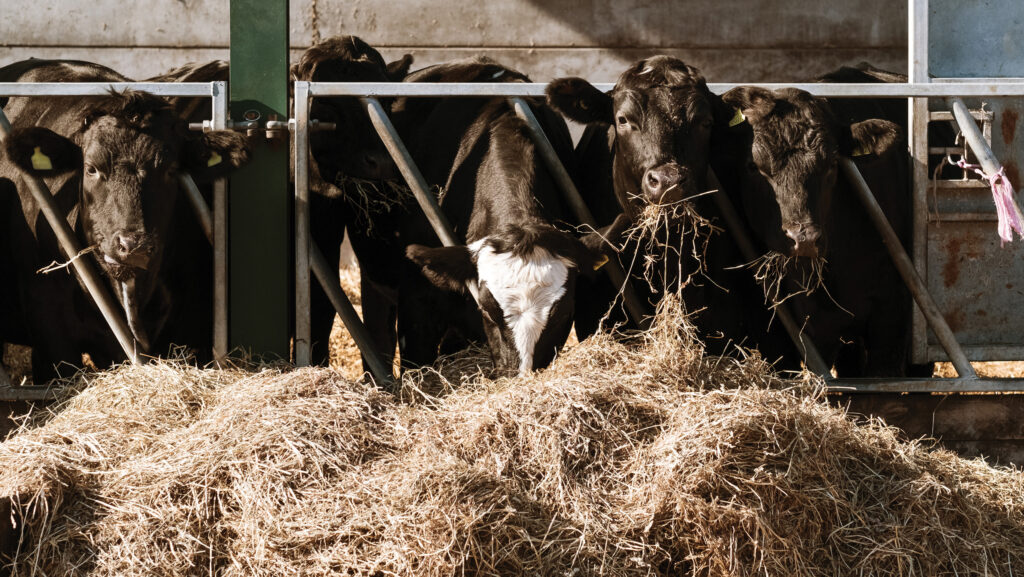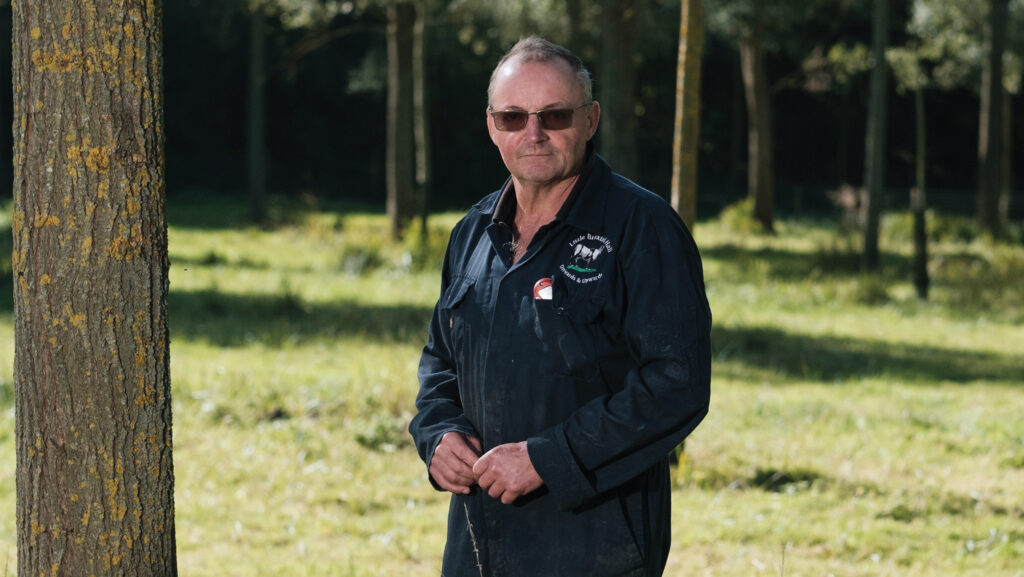Diversification helps fill financial gap for Transition farmers
 © MAG/Colin Miller
© MAG/Colin Miller Transitioning to environmental schemes from the Basic Payment Scheme (BPS) has left the Speakman family with a 60% financial gap, so income from their diversification businesses is more important than ever.
Despite two Countryside Stewardship agreements and payments from Sustainable Farming Incentive (SFI) options, the income is nowhere near receipts when the BPS was paid in full, according to Kit Speakman.
See more: How farms are generating income from the environment
Farm facts
- Farm size 275ha
- Annual rainfall 610mm
- Soil type Loamy clay
Transition goals
- Bridging income gap after stewardship
- Creating integrated farm business
- Increasing grass and widening rotation

© MAG/Colin Miller
His daughter Beth, who recently took over the regenerative farming side of the family farming business at Little Braxted Hall Farm in Witham, Essex from her father, says the diversification enterprises provide necessary financial stability in this period of change.
“Income from ground-source heat pumps, fishing lakes and the supply of willow to cricket bat manufacturers, and rents from commercial, industrial and residential lets, are fundamental to secure profitability,” says Beth, who also works as an agronomist and farming consultant at Ceres Rural.
“We are more reliant than ever on the diversified businesses for the financial stability that we can’t get from farming, given the increasingly turbulent weather and fluctuating market prices.
“But farming is what we are passionate about. Farming takes up 90% of Dad’s time and earns around 20% of his income, but that’s what he is passionate about, particularly the livestock.”
The Speakmans haven’t embarked on any major land use change under the SFI, selecting options that fit around their farming system.
“We are fitting the SFI into our existing business rather than changing the rotation to fit the SFI,” says Beth.
Among others, they have opted to grow winter cover crops as winter grazing for the beef cattle, and winter bird food and grassland margins.
Growing grass seed is another income earner but care must be taken to widen the rotation to prevent pests and diseases.
The ryegrass variety, Aberspey, is grown in a six-year rotation alongside winter wheat, potatoes and sweetcorn.
“We don’t grow second wheats so each cereal crop is a first, to ensure the best soil conditions possible,” says Beth.
Every aspect of the business needs to be self-sufficient but complementary.
For example, the cover crops are grown as cattle feed, undersown into fields of wheat or barley, and the straw from that crop is used as cattle bedding.
Then the cattle muck is spread on arable fields to enhance fertility.
“Each area of the business supports the others,” Beth explains.
“It is getting more and more difficult in farming, so everything we do has to be financially viable and provide a wider benefit to the land.”
